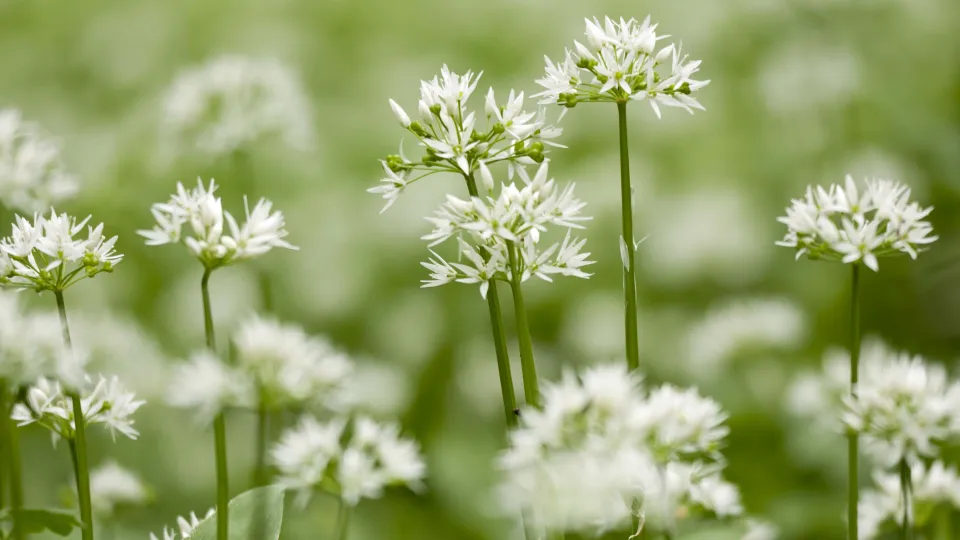
Wild garlic
In April and May, our ancient woodlands are awash with the white, starry flowers and smell of wild garlic. Millions of bulbs can exist in just one wood, giving rise to dazzling 'white carpets'.

In April and May, our ancient woodlands are awash with the white, starry flowers and smell of wild garlic. Millions of bulbs can exist in just one wood, giving rise to dazzling 'white carpets'.
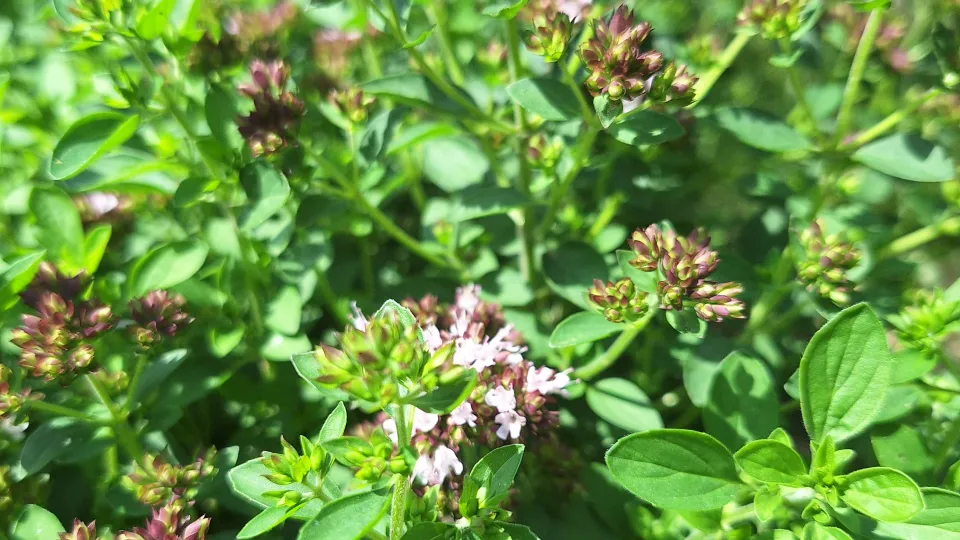
Wild marjoram is actually the same aromatic herb as oregano which is used in Mediterranean cooking. Its small, pink flower clusters can be seen on chalk and limestone grasslands in summer.
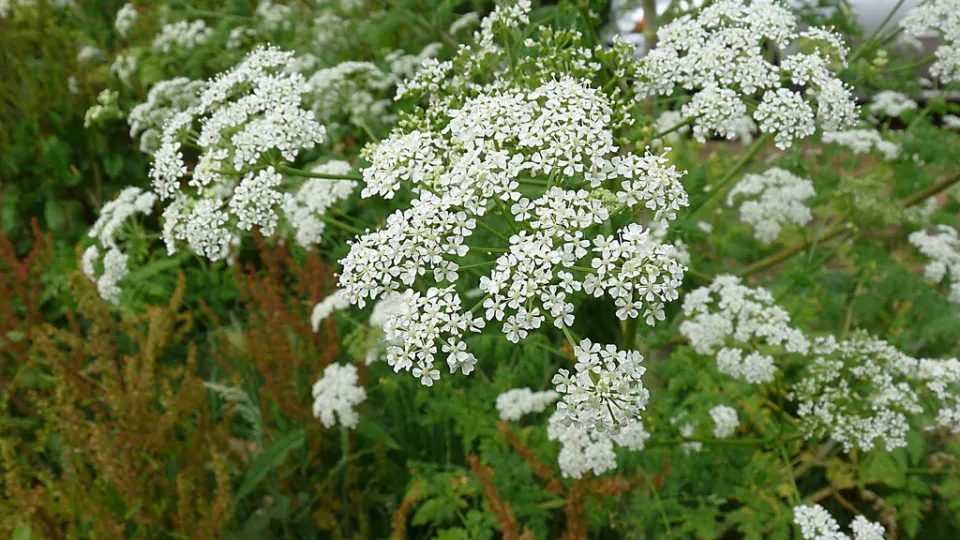
A notoriously poisonous plant, hemlock produces umbrella-like clusters of white flowers in summer. It can be found in damp places, such as ditches, riverbanks and waste ground.
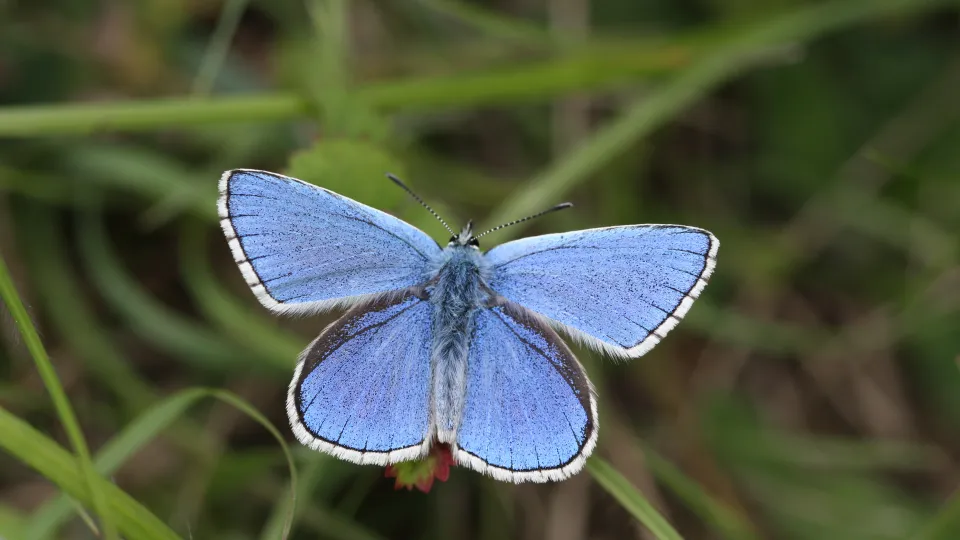
The rare Adonis blue can be spotted on sunny chalk grasslands throughout summer. Males are a dazzling sky-blue in colour, while females are duller brown.
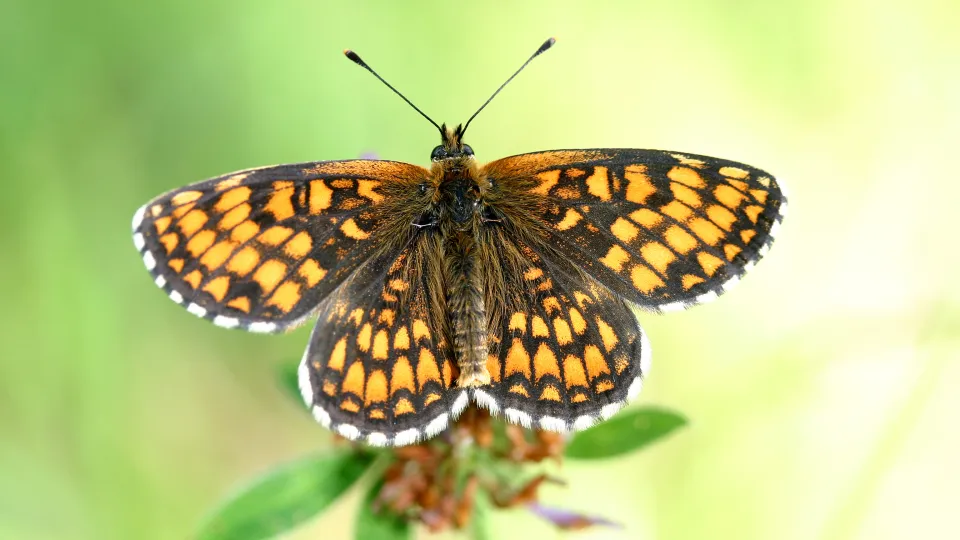
The rare heath fritillary was on the brink of extinction in the 1970s, but conservation action turned its fortunes around. It is still confined to a small number of sites in the south of England, however.

The redshank lives up to its name as it sports distinctive long, bright red legs! It feeds and breeds on marshes, mudflats, mires and saltmarshes. Look out for it posing on a fence post or rock.
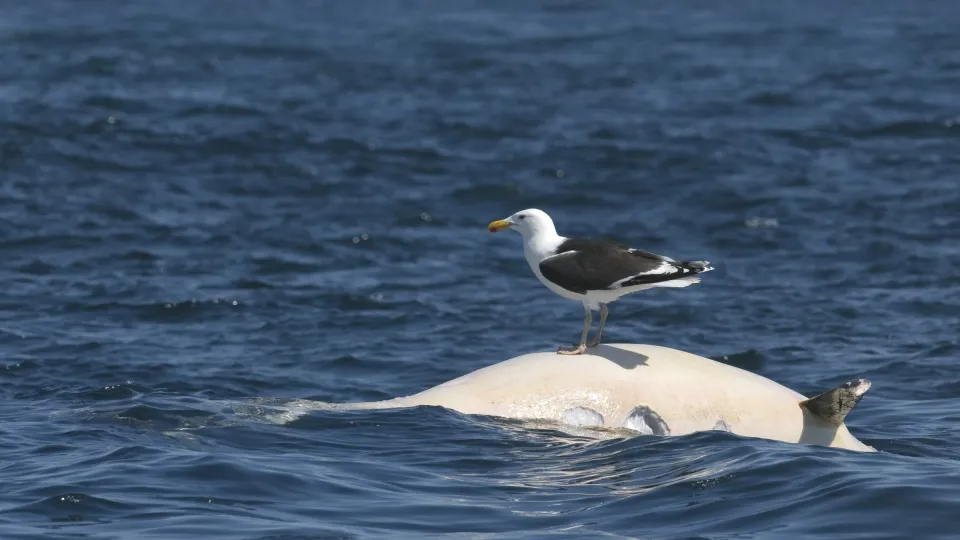
This huge gull can be seen around most of the UK's coasts in summer, with some venturing inland in winter.

The striking red crown, golden back, and bright yellow wings of the goldfinch make it one of our prettiest garden birds. It happily visits birdtables and feeders across the UK.
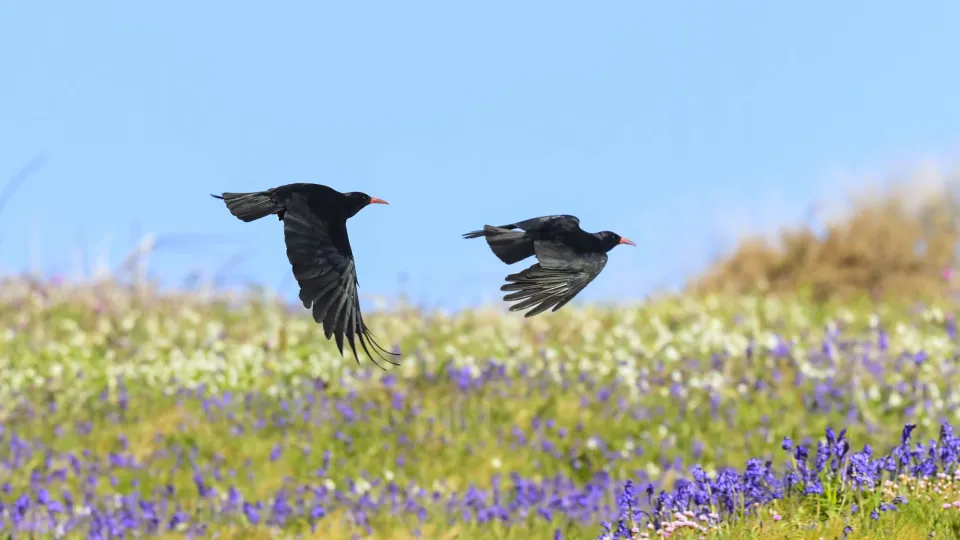
As the only crow with a red bill and red legs, the all-black chough is easy to identify. But it's harder to spot: there are only small, coastal populations in Scotland, Ireland, Wales, Cornwall and the Isle of Man.
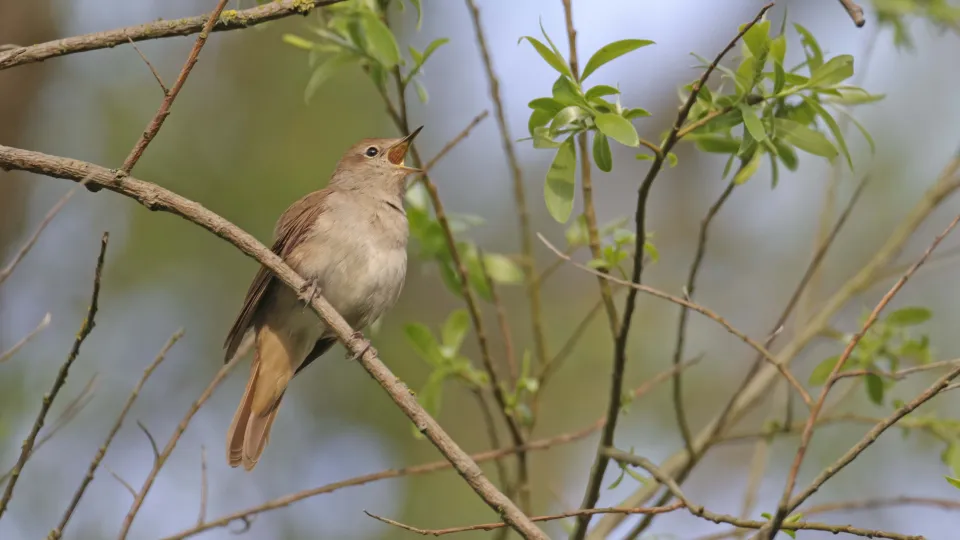
The melodious song of the nightingale is the most likely sign of this bird being about. Shy and secretive, it sings from dense scrub and woodland, day and night.